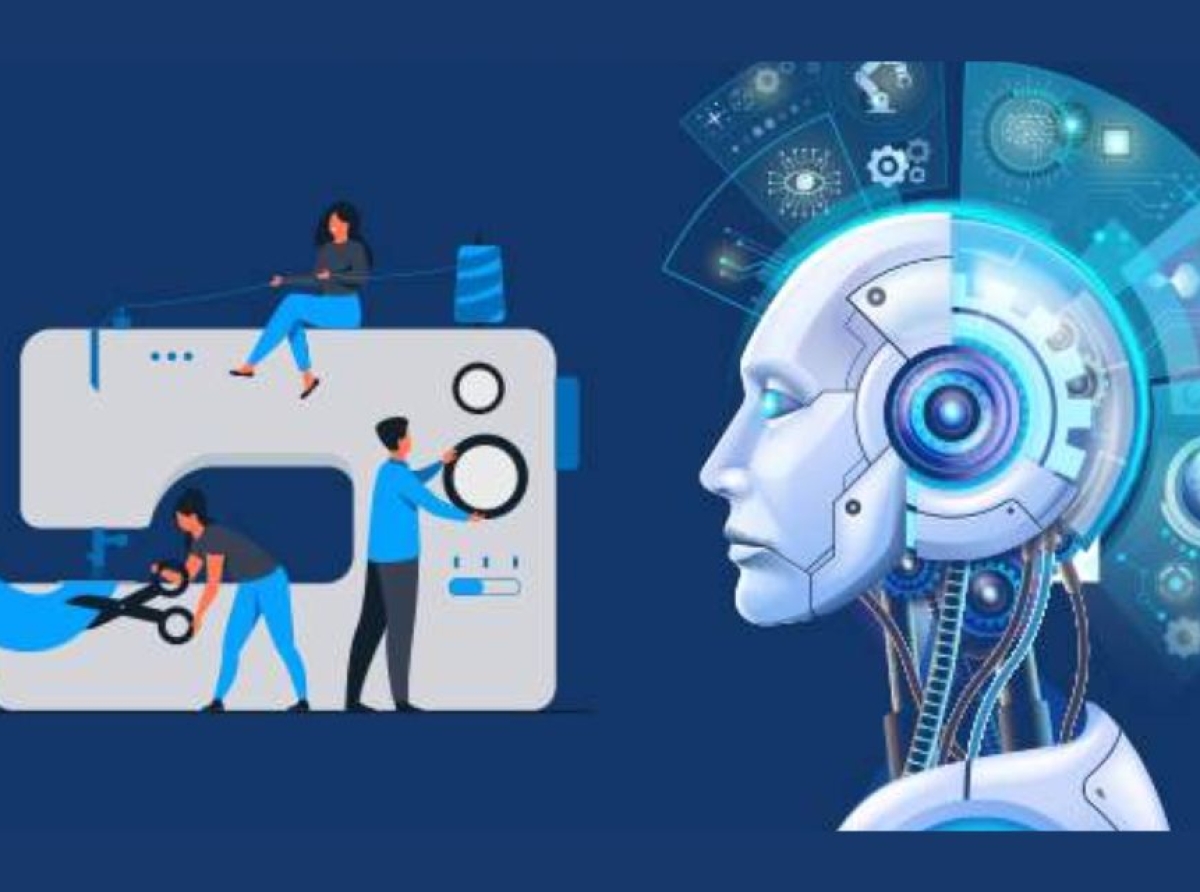30 November 2023, Mumbai
Beyond Economics: From Smart Textiles to Sustainable Practices
Evolving Consumer Preferences Drive Digitalization
- As consumer preferences shift towards convenience and personalization, digitalization has emerged as a driving force in the textile and fashion sectors. This digital transformation is paving the way for innovations like smart textiles, which are expected to reach a market value of approximately 5.55 billion USD by 2025.
AI and IoT Revolutionize Textile Production
- Traditionally reliant on manual labor, the textile industry is now embracing AI and IoT innovations to enhance efficiency and productivity. AI-powered defect detection systems are streamlining production processes, while smart clothing embedded with AI and IoT sensors is enabling the collection of biometric data from wearers.
AI and Automation: A Double-Edged Sword for Workers
- The integration of AI and automation in textile manufacturing is creating new opportunities for innovation and productivity gains. However, this transformation also presents challenges for workers, potentially leading to job displacement and the need for reskilling and upskilling initiatives.
AI's Impact on Fashion and Textiles: From Trend Prediction to Sustainable Practices
- AI is playing a multifaceted role in shaping the future of fashion and textiles. AI-powered algorithms are being employed to predict trends, automate design processes, and promote sustainable practices by optimizing resource utilization and reducing waste.
AI: A Catalyst for Transformation in the Textile Industry
The old-fashioned textile industry, long struggling to adapt to modern demands, is now relying on AI and automation to drive improvement. AI is serving as a catalyst for change, enabling digital transformation within the textile and apparel sectors to address challenges and enhance efficiency, sustainability, and customer satisfaction.GIST
- AI and other digital technologies are transforming the textile industry.
- This transformation is driven by evolving consumer preferences, which are shifting towards convenience and personalization.
- AI is being used to automate tasks, improve efficiency, and predict trends.
- This is leading to job displacement for some workers, but it is also creating new opportunities.
- Overall, the digital transformation of the textile industry is a positive development that is making the industry more efficient, sustainable, and customer-centric.

























